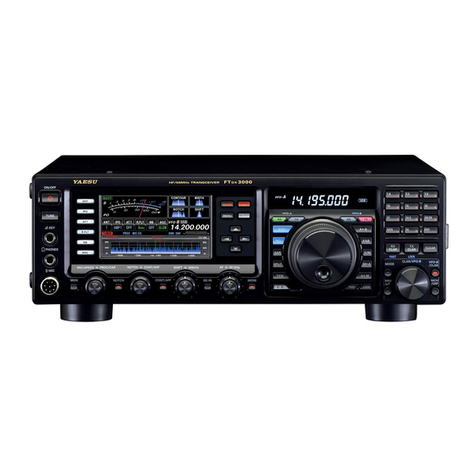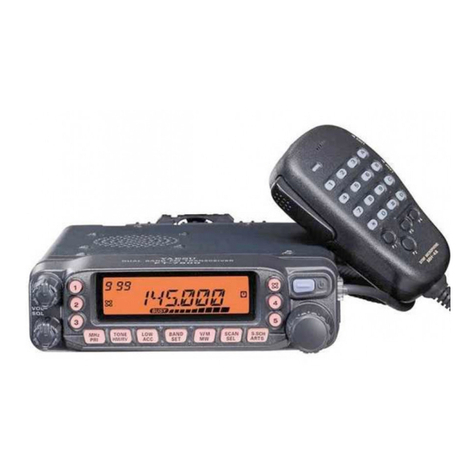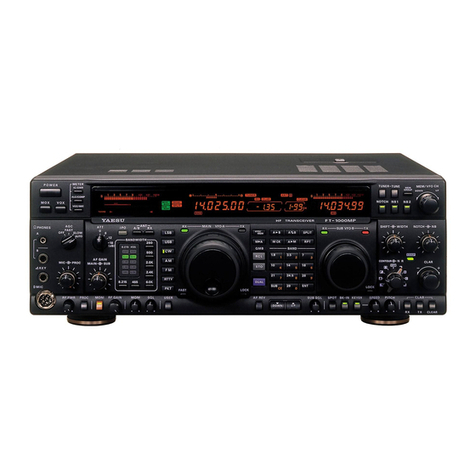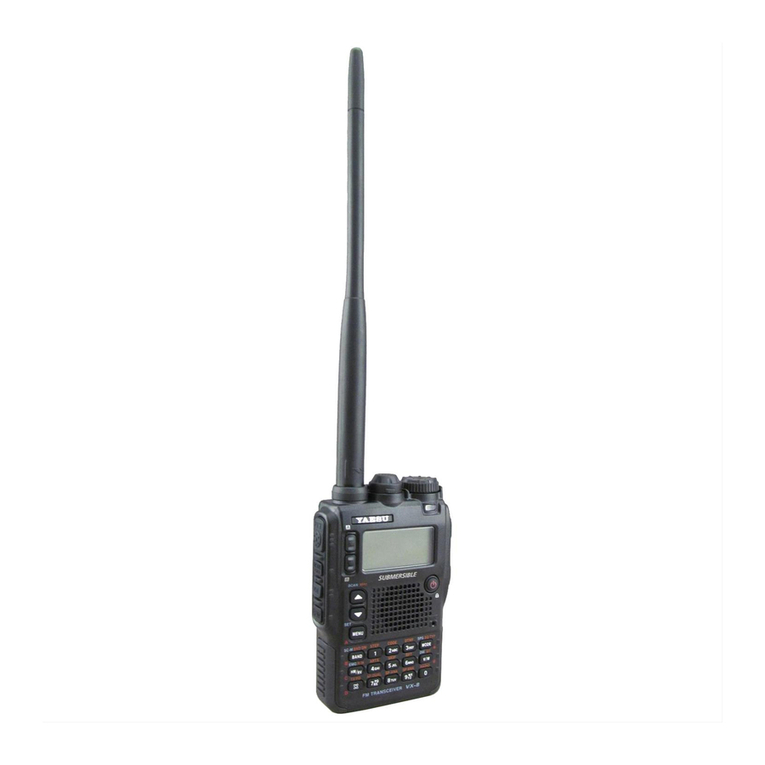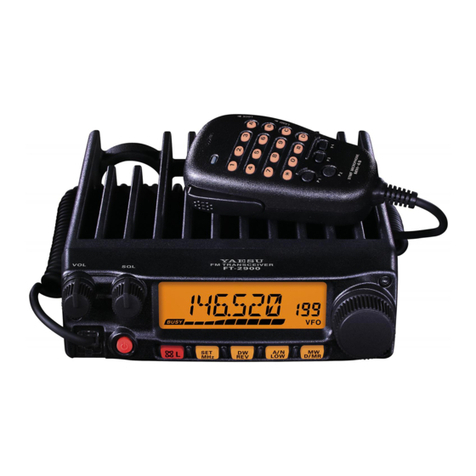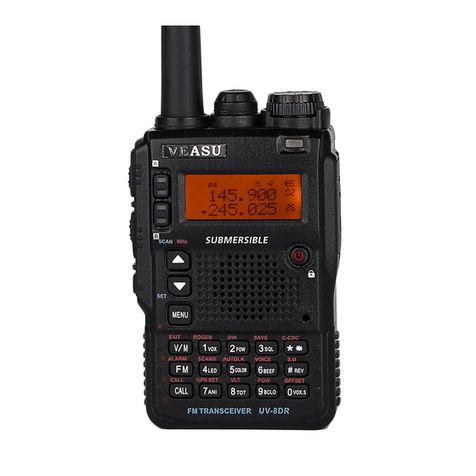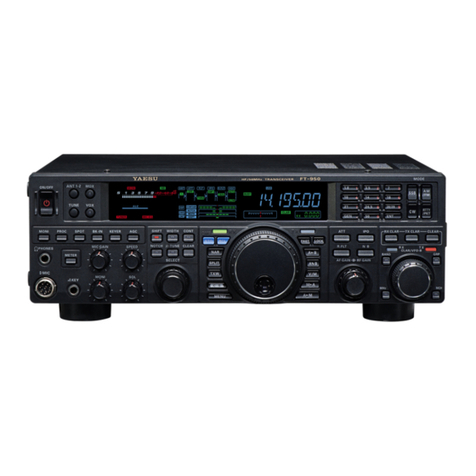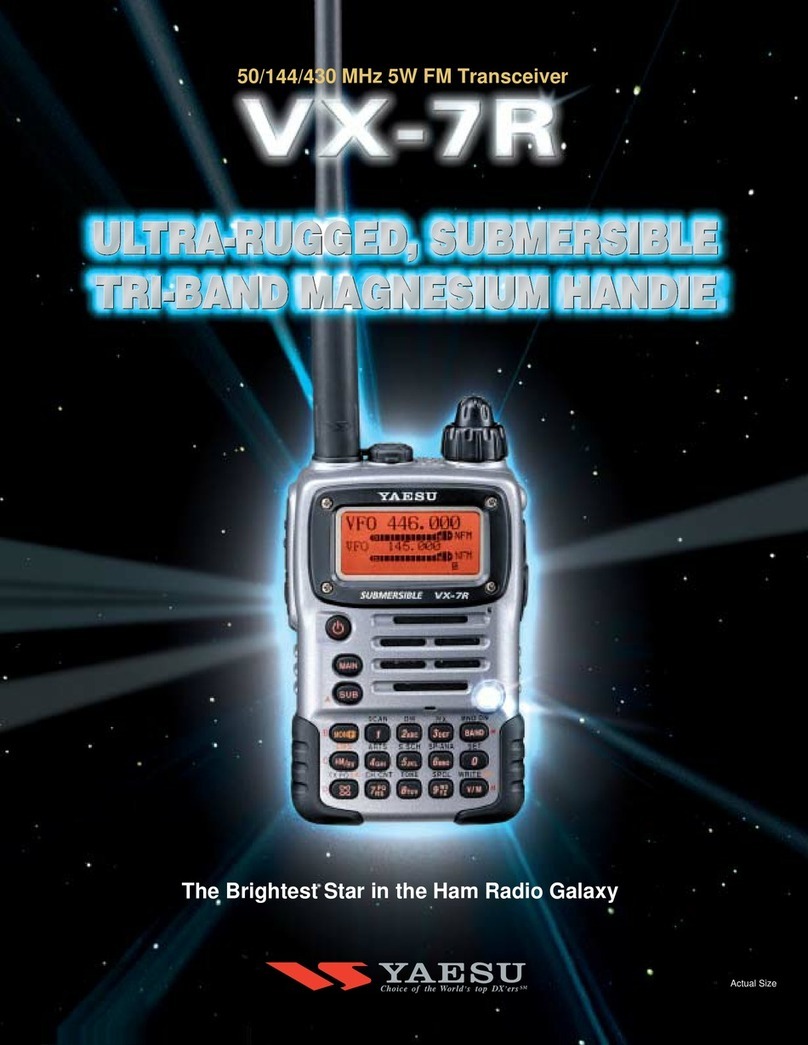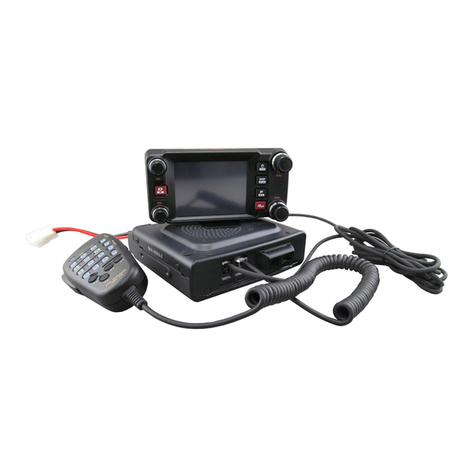
ii
Disclaimer:
This guide is based on the Yaesu FT-60R Operating Manual, Copyright ©
2004, Vertex Standard CO., LTD., Tokyo, Japan, plus hands-on experience
testing each of the settings described in this guide. As I believe that there
may be small operating differences among different versions of the FT-60R,
I strongly suggest that you try every setting that you believe may be useful
during emergency operations with this guide in hand to be certain that your
radio works exactly as does mine. Do this, hopefully with a friend having
another transceiver to verify correct operation, before an actual emergency
occurs. No matter how much we drill and prepare for an emergency, the
only thing for certain is that you will encounter a situation you did not
expect, so stay calm and be prepared for the unexpected.
Richard Barr Hibbs, P.E. (KI6AQW)
San Francisco, California,
rbhibbs@pacbell.net
Revision 3, May 2008.
Copyright and License for Re-use
Copyright © 2008, Richard Barr Hibbs, P.E. All rights reserved.
The information in this Quick Guide may be used and with certain
limitations, freely re-used according to the terms of this License Agreement:
If you do not agree to these terms and conditions, cease use of this guide
immediately and destroy all copies.
1. The editor presents the information as is, with no warranty, expressed or
implied, for the results or consequences of the use of this information,
including actual or compensatory damages resulting from incorrect data
or procedures resulting in property damage, injury, or death.
2. The editor specifically grants permission for Amateur Radio operators
(‘hams”) and others in Emergency Services (including volunteers and
uniformed personnel) to print, copy, re-distribute, or re-use this
information, provided that the entire text of this Copyright and License
for Re-use is included, unaltered, in its entirety without fee, notification,
or additional restrictions when provided freely to other hams or
Emergency Services personnel.
3. Other non-commercial users are similarly granted permission for use.
4. For commercial use, please contact the author for License terms and
fees.

